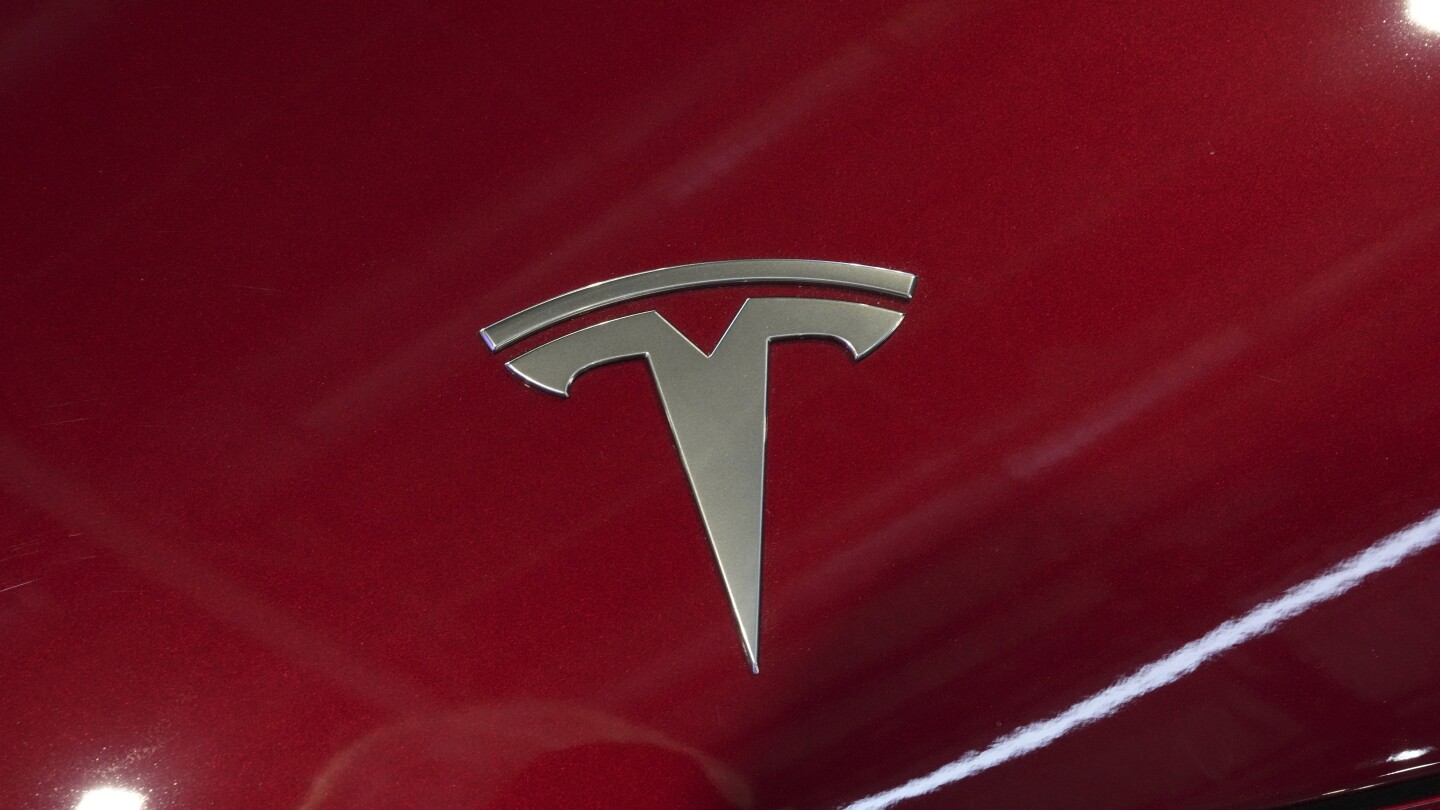The U.S. government’s road safety agency is again investigating Tesla’s “Full Self-Driving” system, this time after getting reports of crashes in low-visibility conditions, including one that killed a pedestrian.
The National Highway Traffic Safety Administration says in documents that it opened the probe on Thursday with the company reporting four crashes after Teslas entered areas of low visibility, including sun glare, fog and airborne dust.
In addition to the pedestrian’s death, another crash involved an injury, the agency said.
Investigators will look into the ability of “Full Self-Driving” to “detect and respond appropriately to reduced roadway visibility conditions, and if so, the contributing circumstances for these crashes.”



Yes, but confidence values are not magic. These values are calculated based on how familiar the current input is to a previous observed input. If the type of input is unfamiliar to the model, what do you think happens? Usually, there will be a category with a high enough confidence score so that it will be chosen as the correct one, while being wrong. Now, assuming you somehow manage to not get a favorable confidence score for any decision. What do you think happens in that case? I never encountered this, but there can only be 3 possible paths: 1) Choose a random value. Not good. 2) Do nothing. Not good. 3) Rerun the model with slightly newer data? Maybe helps, but in the case of driving a car, slightly newer data might be too late.